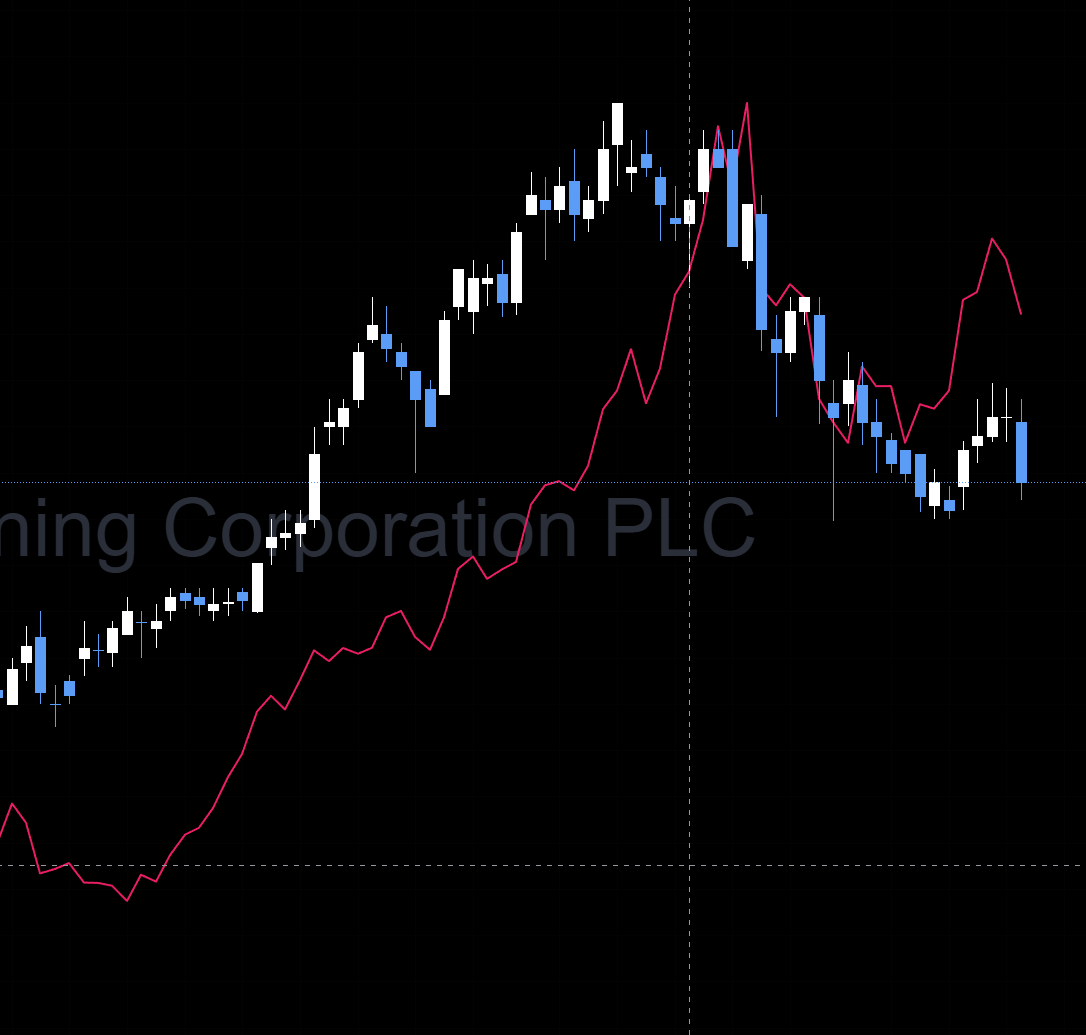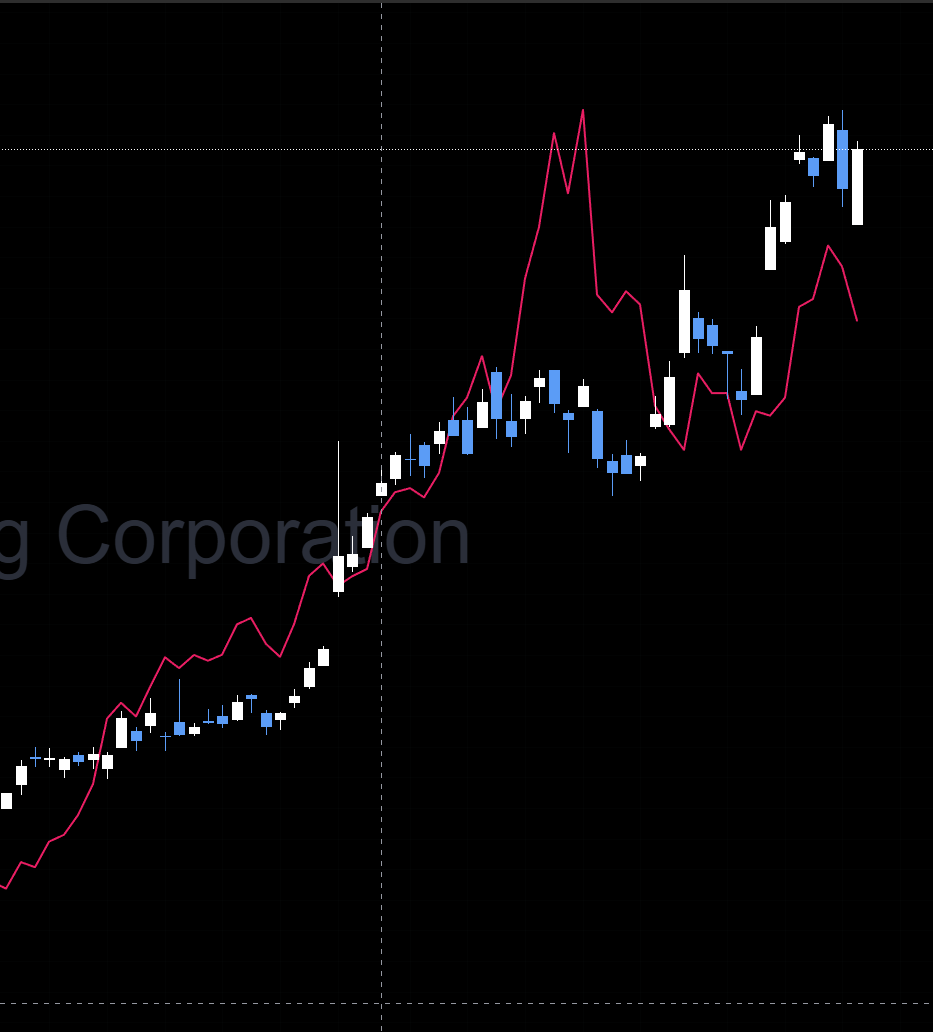Given the current strength of the gold price, companies that explore for, develop mines, or produce gold are receiving increased attention from investors. Analysing and valuing exploration companies is particularly challenging for non-specialists, and I believe that the majority of investors seeking exposure to these types of companies will be better off with a fund or ETF that specialises in this area. This can also be a suitable option for investors seeking to invest in gold producers, as it is likely to provide investors with geared exposure to this sector. They may still benefit from the tendency for gold producers' share prices to lag the spot price (see my first article), but this is essentially a sector bet. Many investors, such as myself, are more interested in identifying specific valuation anomalies. This is why I introduced some of the key metrics that are often used in my last article. However, these are blunt tools at best, and one of the advantages of commodity stocks is that they are relatively easy to model. Before I go into that, there are a few comments from the first article that are easier to address altogether here:
Company selection
I tried to pick the mostly pure-play gold producers listed on the UK market that had significant historical revenue, hence indicating that they have been producing gold for a while. The idea was to exclude companies where most of the value is in exploration or development. However, this may miss companies that have only recently entered production. Anything without a long-term production history should be considered significantly riskier than something with a proven history of successful operations. (My own cautionary tale of investing in Hummingbird Resources last year shows the risk that new mines represent during production ramp-up, especially if these developments are debt-funded.)
Why the UK? Well, since almost all subscribers have access to UK market data, investors will be able to access the companies' stock reports. This doesn't mean the best opportunities are in UK-listed businesses. Indeed, the broader range of companies listed in Canada or Australia may offer better investment ideas. However, it is also possible that companies listed on exchanges where investors and institutions are accustomed to valuing gold producers may result in fewer valuation mismatches.
At the end of the day, my company choice was intended to show how the typical industry metrics can vary significantly between companies and…










